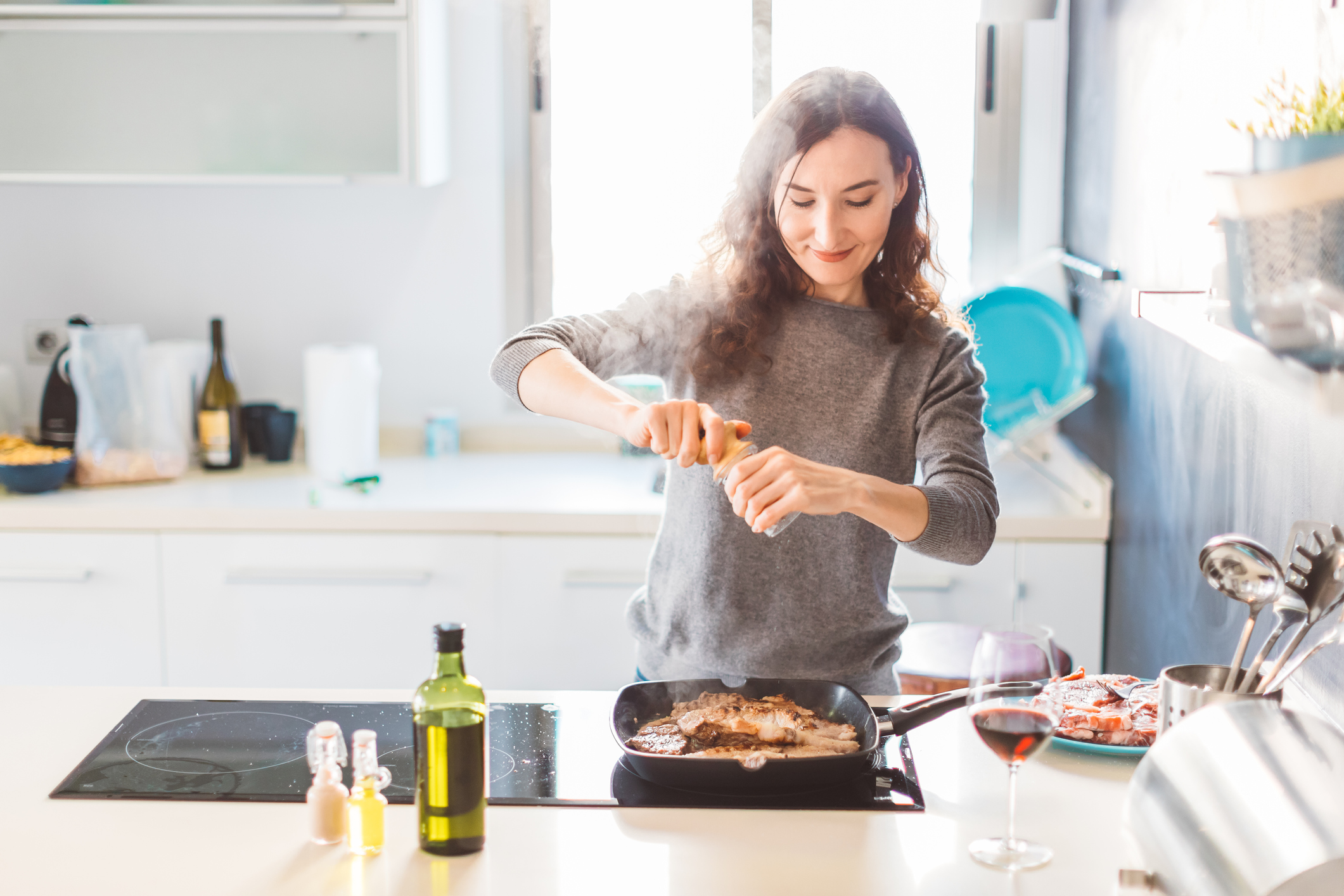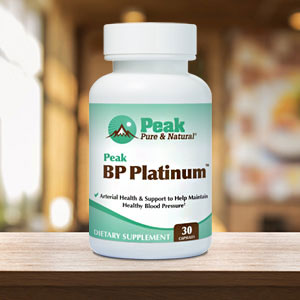Get Easy Health Digest™ in your inbox and don’t miss a thing when you subscribe today. Plus, get the free bonus report, Mother Nature’s Tips, Tricks and Remedies for Cholesterol, Blood Pressure & Blood Sugar as my way of saying welcome to the community!
Lower your blood pressure at every meal

About 18 months ago, I discovered that I had high blood pressure.
I listened to what my doctor had to say, but I also did my research, which included investigating 11 different types of high blood pressure medications — many of which are linked to lung cancer and breast cancer.
There’s also diarrhea, lightheadedness and muscle cramping you might have to contend with.
Needless to say, I was not happy about the prospect of taking blood pressure meds for the rest of my life, but in some cases, it seems almost impossible to avoid them.
First-line treatment typically includes a thiazide diuretic, calcium channel blocker, ACE inhibitor or angiotensin receptor blocker. If numbers don’t improve with one medication, your doctor may increase the dosage or a second medication could be added. It’s not unusual to take multiple pills for this one health issue.
So, what else is a person to do besides eat right and exercise?
Blood pressure-lowering herbs and spices for every meal
Well, for starters, try adding herbs known to naturally help lower your blood pressure to foods you already eat. Several have quite a bit of research behind them, including those listed below.
And all of these herbs can be either easily mixed into a smoothie or powdered greens drink, added to your favorite recipe or sprinkled on your oatmeal or yogurt (especially cinnamon and flaxseed!). In fact, there’s a blood pressure-lowering herb that’s perfect for every meal throughout your day.
Now, if you are on meds, let your doctor know you’re adding herbs or supplements to your diet regularly. Blood pressure that goes too low is problematic too.
But if you work together, at your next checkup he may be pleasantly surprised to see your numbers getting better — and you may be pleasantly surprised to see you’re sent home on a lower dosage or even requiring fewer meds.
8 herbs that help control blood pressure
Black cumin seeds. Also known as Nigella sativa, these seeds have long been used both in cooking and for their medicinal properties. Studies have shown that the extract of this seed can have a positive effect on blood pressure, blood sugar and inflammation and can help fight bacteria and viruses.
Hawthorn extract. The extract of the hawthorn shrub is rich in quercetin, a flavonoid that can reduce your systolic blood pressure — the top number in your blood pressure reading and the one that has the most impact on your risk of heart attack and stroke. You can also make tea with powdered hawthorn berry.
Celery seeds. Traditional Chinese medicine uses celery seed as an effective therapy for hypertension. It’s a must in my favorite potato salad recipe, too! Celery juice, a natural diuretic (rids the body of excess fluids) is also effective. Both are available in supplement form.
Garlic. Adding fresh garlic (not processed garlic seasoning) to your food can contribute to your health in so many ways! When garlic is crushed, it releases a compound called allicin that lowers cholesterol and blood pressure. Garlic compliments meats and vegetables.
Cinnamon. Studies show that cinnamon triggers your body to burn stored fat and point to this spice’s ability to relax blood vessels. They also point to its potential in treating ischemic heart disease.
Hibiscus tea. Enjoy a cup of this herbal tea by adding a teaspoon of dried hibiscus flower to a cup of boiling water. Hibiscus is a natural diuretic. It also mimics the action of ACE inhibitors, common blood pressure drugs that could increase your risk for a severe COVID-19 infection.
Flaxseed. Alpha-linolenic acid (ALA) is an omega-3 fatty acid that is necessary for our health, but which our bodies can’t produce. Studies have shown that the ALA in flaxseed can lower both diastolic and systolic blood pressure.
But, whole flaxseed can pass virtually undigested through the body, so it’s best to buy it ground and add a spoonful to smoothies, salads and other dishes.
Cardamom. Cardamom is an aromatic herb used in Middle Eastern and Indian cooking. It is used in chai tea, curries, rice dishes and herbal teas. In one study, researchers gave 3g of cardamom powder a day to adults who were newly diagnosed with hypertension. After 12 weeks, blood pressure levels had dropped to within normal range.
It’s thought that the high levels of antioxidants contained in cardamom may explain these results. And cardamom acts as a diuretic, promoting urination and removing excess fluids from the body.
Editor’s note: Have you heard of EDTA chelation therapy? It was developed originally to remove lead and other contaminants, including heavy metals, from the body. Its uses now run the gamut from varicose veins to circulation. Click here to discover Chelation: Natural Miracle for Protecting Your Heart and Enhancing Your Health!
Sources:













